Home > Key Stage One > History
Trains
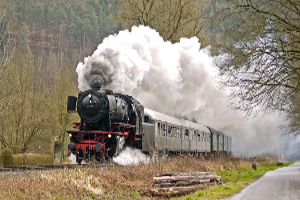
This history scheme of work for Key Stage One gets the children to explore and illustrate how travel has changed since the past through the invention and development of trains from steam to electric technologies. The class can suggest what it would have been like to travel as a passenger on trains from the past.
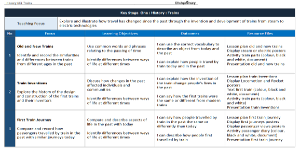
Explore and illustrate how travel has changed since the past through the invention and development of trains from steam to electric technologies

Lesson One : Old and New
Identify and record some of the similarities and differences that can be seen between trains from different ages in the past

Lesson Two : Train Inventions
Explore and record the history behind the design and construction of the first trains in the past by their engineer inventors
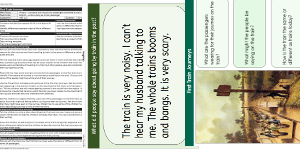
Lesson Three : First Train Journey
Investigate, compare and record how passengers travelled by train in the past with similar journeys made by families today
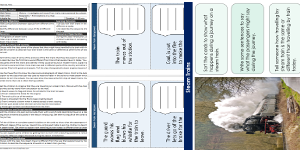
Lesson Four : Steam Trains
Investigate, describe and record how trains carrying passengers and goods were powered and controlled by a steam engine in the past
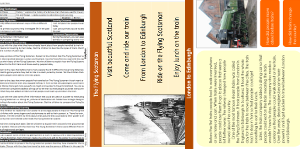
Lesson Five : Flying Scotsman
Explore, describe and record the history of a famous train that was used for travel across Great Britain by passengers in the past

Lesson Six : Yesterday and Today
Describe and compare some of the different journeys that could be made using both modern and steam trains for a range of special purposes by families
-

Maths Measurement Assessment
Assess abilities in estimating, measuring and comparing a range of different measurements for length, mass and capacity
-

Family Life
Investigate and reflect on some of the special events and experiences that might happen in the life of a family
-

Final Sounds Word Guess
Practise playing some guessing and matching games to identify the spelling and meaning of words with different final sounds
-

Building Reports
Explore how to collect facts and information to work with when composing and presenting non-chronological reports about buildings that can be found in the local area
